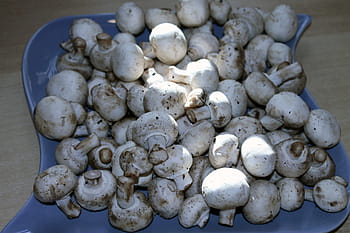{Unlocking the Secrets of Psychedelics|Deciphering the World of Psyche…
페이지 정보
작성자 Kristal 작성일25-05-24 05:21본문
The use of psychedelics has been a long-standing topic of interest in the fields of psychology, neuroscience, and pharmacology, with these substances having been used for centuries in various cultures for their medicinal and spiritual properties. In recent years, there has been a resurgence in the research and development of psychedelics as potential treatments for psychological conditions, such as depression, apprehension, and post-traumatic stress disorder (PTSD).
From a pharmacological perspective, psychedelics act on the brain's neurotransmitter systems, especially the serotonin system, to produce their effects. Serotonin is a neurotransmitter that plays a key role in regulating emotional stability and perception. Psychedelics, such as psilocybin, are classified as brain-active agents, meaning they interact with the serotonin receptors in the brain.
Psilocybin, the active compound in hallucinogenic plants, is a potent repressor of the serotonin transporter, a protein that regulates the reuptake of serotonin from synapses. By blocking this protein, psilocybin increases the amount of serotonin available in the synaptic cleft, psilocybe truffles where it can bind to serotonin receptors and produce its effects. These effects include modifications in mood, such as shifts in reality processing, and increased feelings of self-insight.

LSD, on the other hand, is a non-selective serotonin receptor stimulator, meaning it binds to multiple serotonin receptors with uniform affinity, producing a broad range of effects. LSD is known to bind to the 5-HT2A receptor, which is involved in the regulation of reality processing and awareness. Activation of this receptor is thought to play a role to the psychedelic outcomes of LSD, including motions in visual perception, visions, and altered sense of self.
DMT, a short-acting psychedelic, is produced endogenously in the brain as a neurotransmitter and is also found in various plants and animals. DMT is thought to interact with the 5-HT2A receptor in a similar fashion as LSD, producing intense dual sensory disturbances and altered states of awareness.
In contrast to other psychoactive substances, such as opioids and benzodiazepines, psychedelics have a comparatively low abuse potential and are typically not associated with substance use disorders. This is thought to be due to their unique mechanism of action, which involves modulation of serotonin receptors rather than gabaergic systems, which are more commonly associated with addiction.
- 이전글태아보험 시작 AI 및 생성형 AI로 초점 업계 이번 25.05.24
- 다음글The Importance of Sterility During Spore Handling 25.05.24
댓글목록
등록된 댓글이 없습니다.


